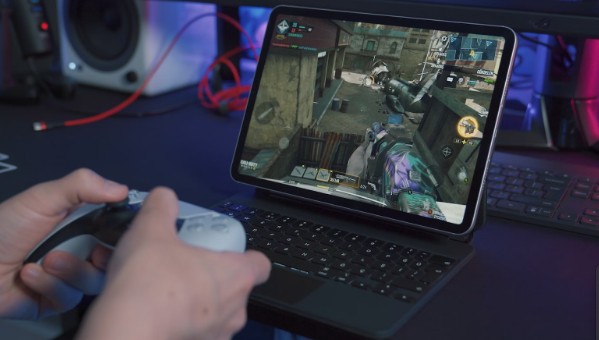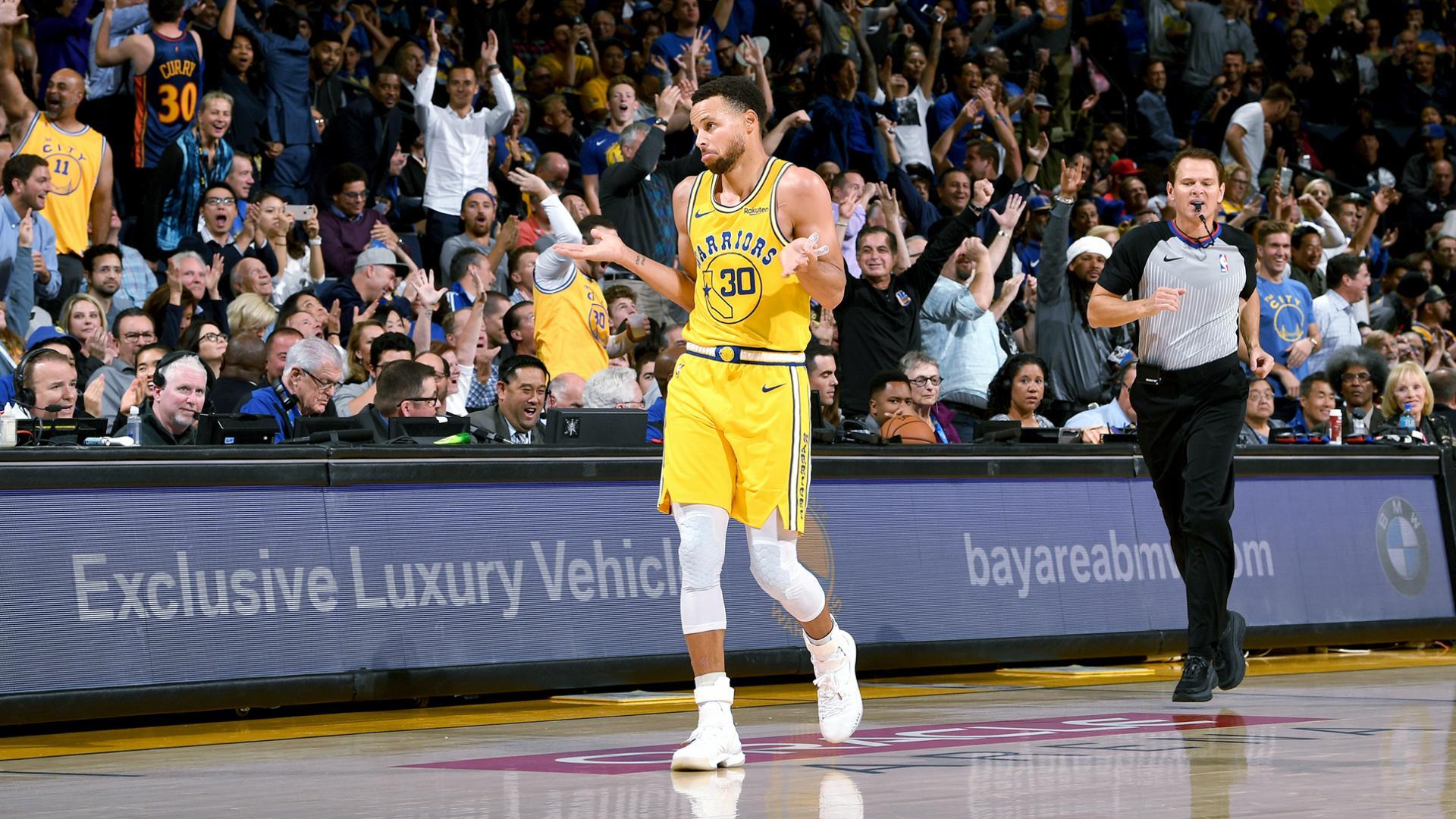How to Use Cover Effectively in Tactical Games: Master the Art of Survival

Cover is a game-changer in tactical games. It’s not just about hiding – it’s about staying alive and gaining an edge over your enemies. Whether you’re playing first-person or third-person shooters, using cover smartly can make the difference between victory and defeat.
To use cover effectively, move from cover to cover instead of running in the open. This lets you move faster and makes it harder for enemies to hit you. Pick your spots wisely. Look for walls, cars, or other objects that block enemy fire. Partial cover like low walls can work too, but full cover is best when you can find it.
Using cover isn’t just defensive. It gives you a safe spot to plan your next move, reload, or heal up. You can peek out to take shots at enemies, then duck back to safety. This hit-and-run style keeps you in the fight longer and frustrates your opponents. With practice, you’ll get better at using cover and dominating in tactical games. For even more competitive edge, check out the gaming hacks available at Battlelog.co.
Understanding Cover Mechanics
Cover systems add depth and strategy to tactical games. They let you dodge attacks and gain an edge over enemies.
History of Cover Systems
Cover mechanics first appeared in 1986 with Rolling Thunder. This arcade shooter let players duck behind objects to avoid bullets. WinBack in 1999 introduced a more modern cover system for 3D games. It allowed players to peek and shoot from behind walls.
Gears of War took cover systems mainstream in 2006. Its “stop and pop” gameplay became a standard for third-person shooters. Players could snap to cover, blind fire, and move between cover spots smoothly.
Kill Switch in 2003 pioneered the use of cover in first-person view. It let you see your character’s body while in cover, unlike most FPS games.
Types of Cover in Gaming
Full cover hides your whole body. It gives the most protection but limits your view.
Partial cover leaves part of you exposed. You can shoot more easily but are more vulnerable.
Destructible cover breaks down as it’s shot. It forces you to keep moving.
Mobile cover lets you push objects for protection. This adds a dynamic element to firefights.
Some games have active cover systems. You must hold a button to stay behind cover.
Passive systems automatically snap you to cover when you’re near it. This feels more fluid but can limit control.
Game Genres and Cover Usage
Third-person shooters use cover systems most often. You can see your character and surroundings clearly.
First-person shooters sometimes include cover. It’s trickier to implement since you can’t see your body.
Tactical RPGs often use cover as a stat boost. Being behind objects gives you defense bonuses.
Light gun shooters let you duck behind cover by moving off-screen.
Some stealth games use cover for hiding. You stay out of sight to avoid detection.
Real-time strategy games may have units take cover automatically. This adds realism to combat.
Mastering Cover Tactics
Using cover well is key to winning in tactical games. It keeps you safe and helps you beat tough enemies. Let’s look at some top cover tactics.
The Art of Taking Cover
Picking the right cover is crucial. Look for solid objects that can stop bullets. Walls, big rocks, and thick trees work great. Stay behind cover as much as you can. Only pop out to shoot or move.
Use the lean feature if your game has it. This lets you peek around corners without exposing your whole body. It’s safer and makes you harder to hit.
Watch out for destructible cover. Some objects break when shot. Don’t rely on these for long. Move to stronger cover if yours starts to crumble.
Maneuvering Around Obstacles
Stay low when moving between cover. Crouch or crawl to make yourself a smaller target. This cuts down on how much the enemy can see you.
Plan your route before you move. Look for a path with lots of cover along the way. Don’t run across open areas if you can help it.
Use smoke grenades to create cover where there isn’t any. This can help you cross dangerous spots. Just be quick – smoke doesn’t last forever.
Defensive vs. Offensive Cover
Defensive cover is about staying safe. Find a good spot and hold it. Make the enemy come to you. This works well when you’re outnumbered or low on health.
Offensive cover is for pushing forward. Use cover to get closer to your target. Leap from one spot to the next. Keep the pressure on the enemy.
Mix up your style based on the situation. Sometimes you need to hunker down. Other times you need to be aggressive. Good players know when to switch it up.
Advanced Combat Strategies
Mastering cover in tactical games goes beyond basic hiding. These advanced techniques will take your gameplay to the next level.
Utilizing Blind Fire
Blind fire lets you shoot without exposing yourself. You can use it to suppress enemies or flush them out of cover. In games like Metal Gear Solid, blind fire around corners keeps you safe while dealing damage.
To blind fire effectively:
- Listen for enemy movements
- Aim slightly above where you think they are
- Fire in short bursts to conserve ammo
Blind fire works best with weapons that have high rates of fire. SMGs and assault rifles are good choices. Practice timing your shots with enemy movements for maximum effect.
Positioning Your Avatar
Smart positioning is key to survival. You need to think ahead and predict enemy actions. Place your character where you have multiple escape routes.
Tips for better positioning:
- Use high ground for better visibility
- Stay near cover that blocks multiple angles
- Keep your back to a wall to avoid flanking
In games like Splinter Cell, shadows become part of your positioning strategy. Use dark areas to your advantage. Move between cover points quickly to keep enemies guessing.
Leveraging Destructible Environments
Many modern games feature breakable objects and walls. This adds a new layer to combat strategy. You can create your own cover or deny it to enemies.
Ways to use destructible environments:
- Blow holes in walls for new sightlines
- Destroy enemy cover to force them to move
- Create distractions by breaking objects
In RPGs with magic, you might be able to raise earth walls or freeze water for instant cover. Law enforcement games often let you use breaching charges to make new entry points. Always scan your surroundings for objects you can use or destroy to gain an edge.
Choosing the Right Game
Picking the right tactical game can make or break your cover skills. The game’s mechanics and design shape how you’ll use cover and impact your overall experience.
Evaluating Cover Dynamics
Look at how cover works in different games. Some shooters let you snap to walls with a button press. Others need manual positioning. Check if you can peek around corners or over obstacles.
See if the game has destructible cover. This adds a layer of strategy. You’ll need to think about how long your shelter will last.
Test the enemy AI. Do they use cover smartly? This affects how you’ll approach firefights. Games with smarter enemies often require more tactical thinking.
Recommendations for Tactical Games
For a classic cover shooter, try Time Crisis. It’s an arcade staple that teaches the basics of using cover.
Modern first-person shooters like Call of Duty offer a mix of fast-paced action and cover use. They’re great for practicing quick decision-making.
Third-person shooters like Gears of War put a big focus on cover. You’ll learn to move between safe spots and time your attacks.
For a more realistic experience, try ARMA or Squad. These games demand careful use of terrain and buildings as cover.
Remember, the best game for you depends on your style. Try a few and see what clicks. Your skills will grow with practice, no matter which you choose.






